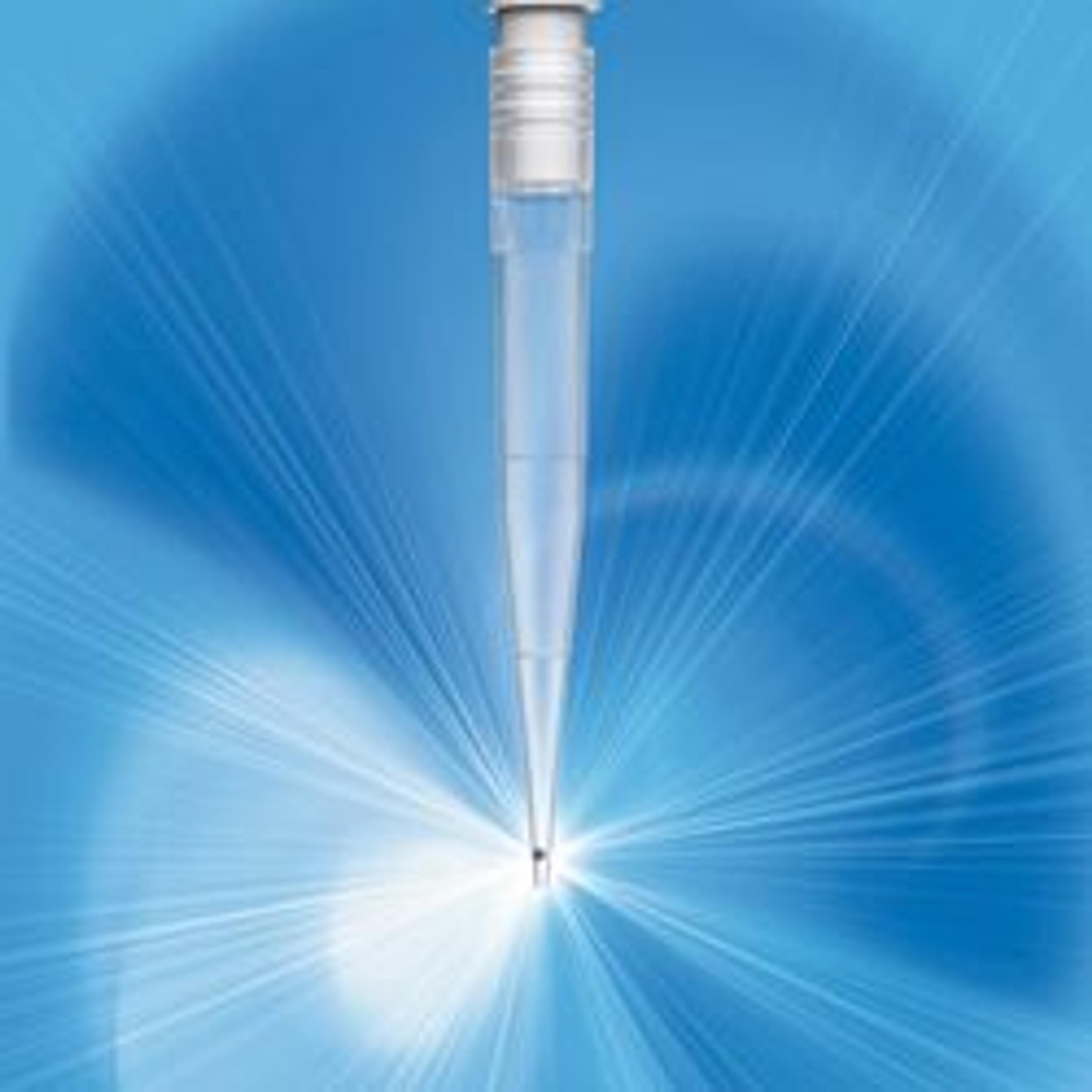Maximising reproducibility and sample recovery - with epT.I.P.S. LoRetention
22 Sept 2008
Eppendorf AG completes the Totally Integrated Pipetting System portfolio with epT.I.P.S. LoRetention, featuring ‘Pearl Effect’ surface technology to ensure maximum sample recovery when dispensing detergent solutions.
epT.I.P.S. LoRetention meet a strong market demand from users engaged in PCR, real-time PCR, proteomics and molecular biology applications. As liquids containing detergents wet polypropylene, a film remains on a standard tip’s surface following pipetting. This leads to loss of precious sample material, increased consumption of expensive reagents, and poor precision and reproducibility.
Unlike some manufacturers’ low retention tips, epT.I.P.S. LoRetention have no coating or additive which might affect or bleed into the sample. Instead, Eppendorf’s ‘Pearl Effect’ technology renders the tip surface ultrahydrophobic through a modification at the molecular level. As a result, detergent solutions simply roll off completely and sample is not lost. epT.I.P.S. LoRetention can therefore deliver cost reductions of up to 5% – giving significant savings when using expensive reagents such as qPCR and PCR master mixes.
The ultrahomogenous surface of epT.I.P.S. LoRetention ensures maximum precision and reproducibility, preventing the formation of air bubbles and foaming during pipetting. Data comparisons with competitor products, showing that epT.I.P.S. LoRetention have the lowest residual liquid as well as higher chemical resistance and stability against autoclaving, are included in the product brochure.
epT.I.P.S. LoRetention are available in the same convenient packaging, quality grades and dimensions as standard epT.I.P.S., while epT.I.P.S. LoRetention Dualfilter provide the best available sample protection against aerosol contamination.
Applications for epT.I.P.S. LoRetention include preparation of enzyme solutions and master mixes for PCR and real-time PCR; isolation, purification and denaturation of proteins; restriction digestions and ligations; pipetting DNA ladders during gel electrophoresis.

